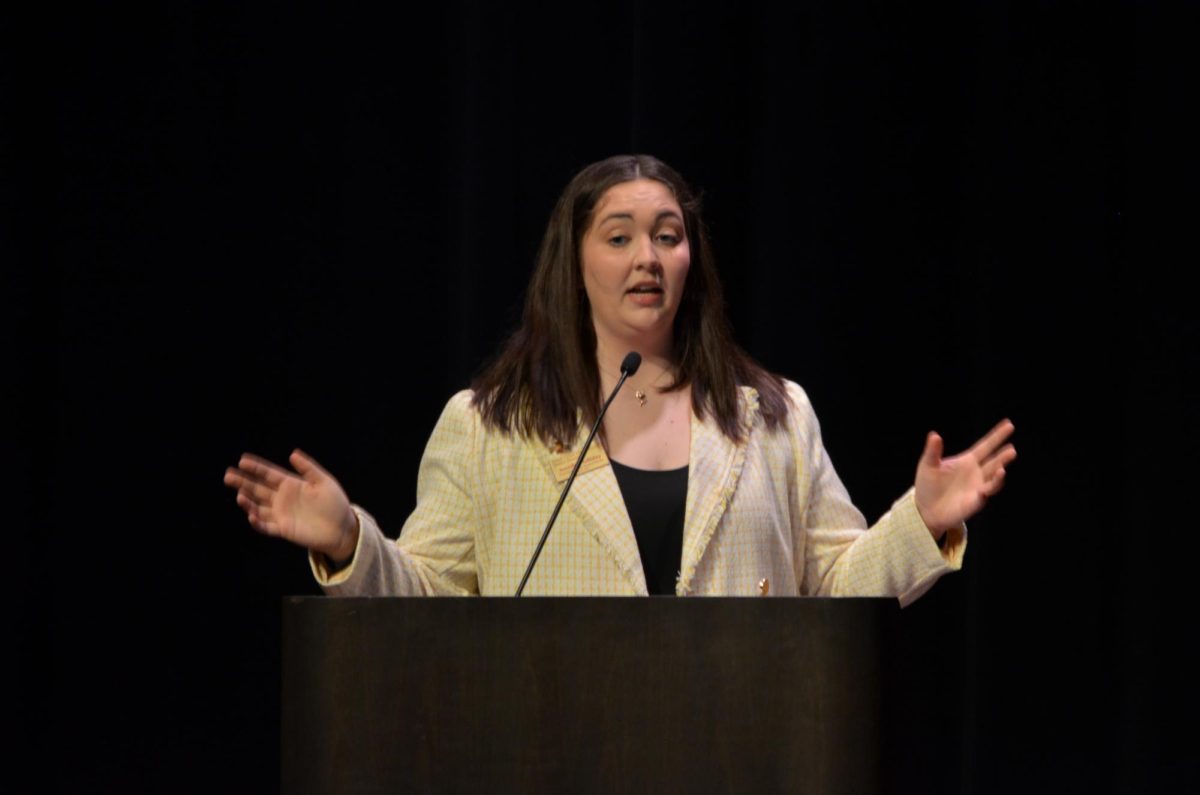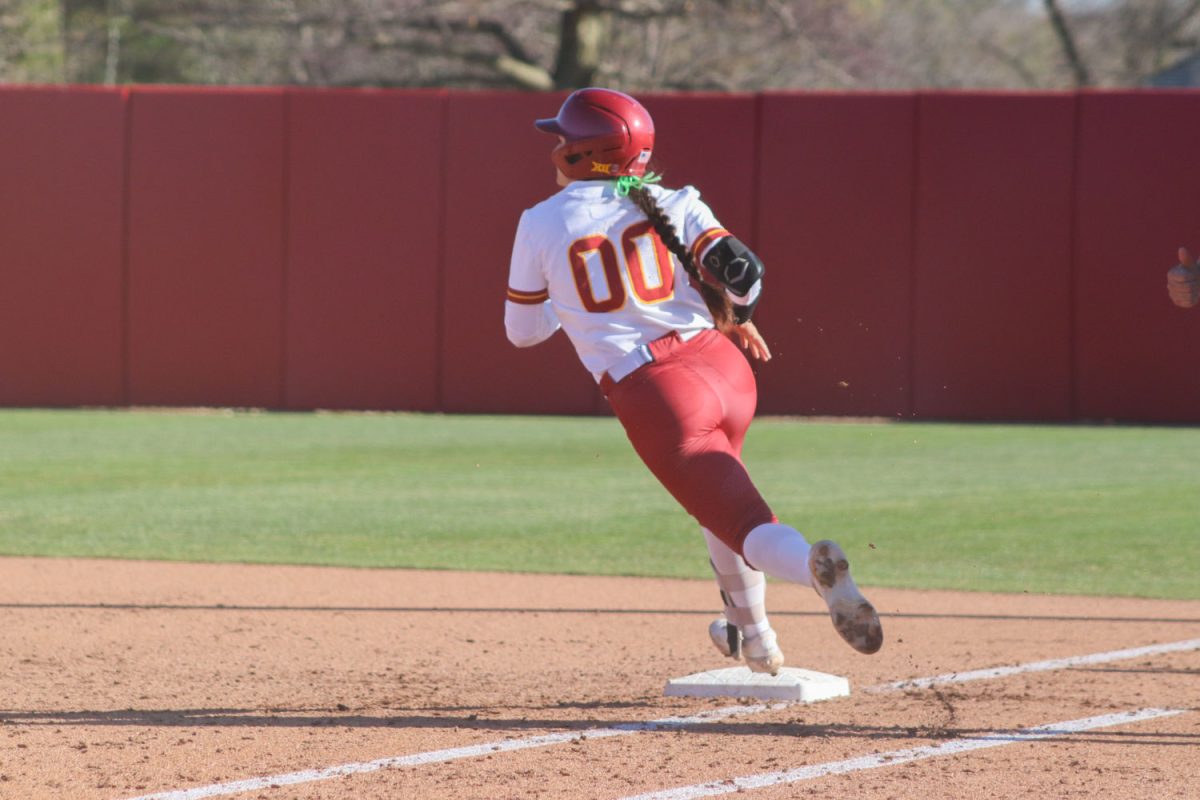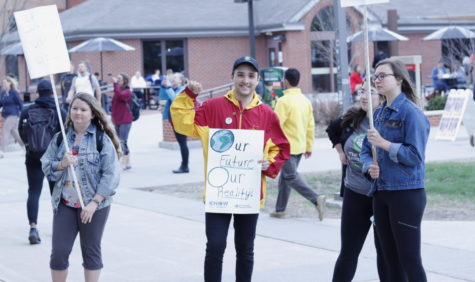Ames first to install special train whistles
August 21, 2000
Ames will be the first city in the United States to install an improved prototype of three automated train whistles after approval by the Union Pacific Railroad, a city official said. Scott Logan, traffic engineer for City of Ames, said the new whistles were supposed to be installed in May, but the equipment manufacturer had an approval delay from Union Pacific. “We’re anxious to get them in,” Logan said. “It’s been a little frustrating, but it will be quite an improvement when we get them installed.” The remaining three whistles are expected to arrive by Thursday and should be installed at the railroad intersections on Clark, Kellogg and Duff Avenues within the next two to three weeks, Logan said. The underground work and poles are already in place, he said. The whistles and the main cabinet are the only items left to install. In October 1998, the city installed three automated train whistles at the railroad intersections of Hazel Avenue, North Dakota Avenue and Scholl Road, Logan said. The first set of whistles, however, caused some problems. Ames Mayor Ted Tedesco said slow-moving trains presented difficulties. “[The automated whistles] weren’t properly operating or picking up those trains, so engineers had to use their whistles,” he said. The automated whistles produce about 100 decibels and send the sound directly down the street from the intersection. This level is much lower then the train-mounted whistles, which begin sounding 1,300 feet prior to the intersection. The train whistles produce between 110 and 120 decibels. Logan said the difference doesn’t look like much on paper, but every 10 decibels double the sound produced. Tedesco said eventually the first group of automated whistles will be replaced with the improved ones. Each whistle will cost $47,000 plus an additional $10,000 for each location, Logan said. The train-whistle project started as a joint venture involving the Department of Transportation, City of Ames and Federal Railroad Safety Administration, Tedesco said. “[Train whistles] will help both communities,” he said. “They will provide safety without all that disruption of noise.” The city sent out before-and-after surveys to residents near the intersections after the first set of automated whistles were installed. “Almost 90 percent of residents within 100 feet [of the railroad intersections] thought the noise was too loud,” Logan said. “[After] the whistles were installed, 90 percent were overall satisfied with noise reduction of horns.” Chrissy Spoo, 1314 North Dakota Ave., has lived two blocks from the railroad intersection on North Dakota Avenue for two years and noticed the difference immediately, but said it isn’t all for the better.
















